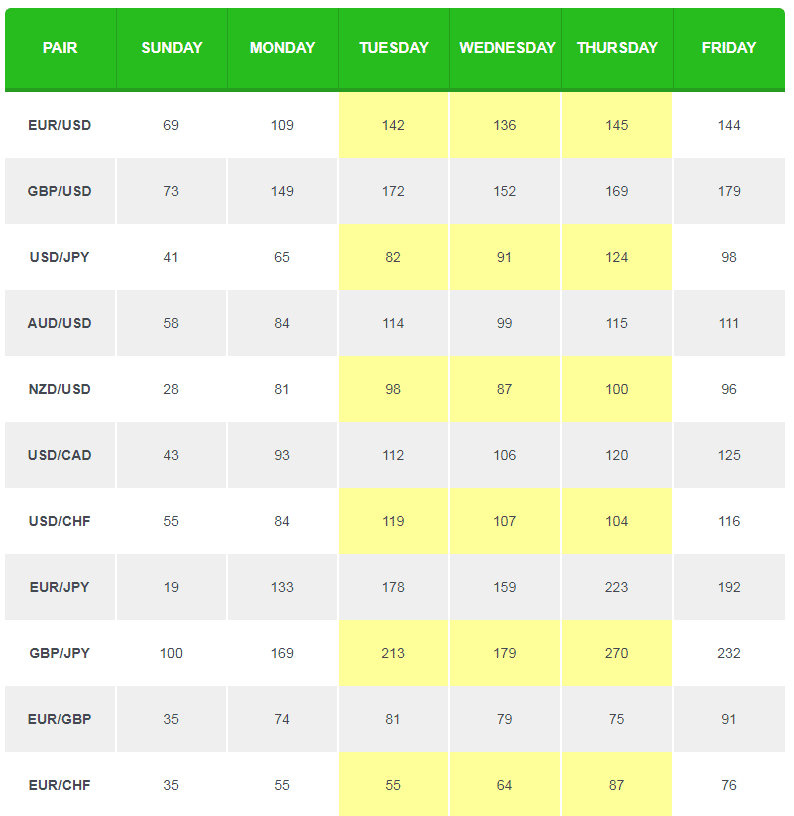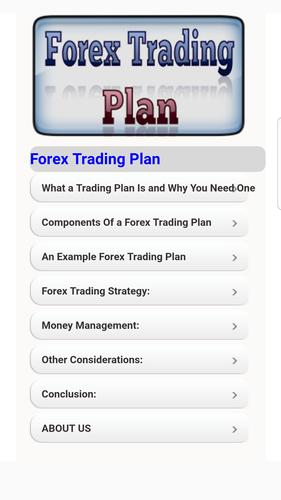
There are many types to choose from when it comes to bonds. These bonds can be convertible, par, premium, discount, or even inflation-protected. Before you decide to invest your money, be sure to know the differences. Let's examine them further in this article. To make the best decision, you must understand the differences. Below is a list of the major differences between these bonds. You should be able choose the right bond for your financial situation.
Convertible
Convertible bonds can be used to convert a portion or all of the principal amount in security into stock of the issuing company, cash, or other securities. Convertible bonds combine elements of equity and debt. This allows the issuer to reap the benefits of both liquidity and flexibility offered by a debt instrument. What are the best options for your business?

Par
Par bonds can be defined as bonds that have a fixed coupon. The coupon rate on a bond is less important than the market rate. Most interest rates are trended by the Bank of Canada. It is rare to find bonds priced below par. Before you invest, it is important to be aware of the differences. Listed below are some of the differences between these types of bonds. Ask a Wall Street expert if you have any questions.
Premium
Aside from the interest rate benefits, premium bonds may also have liquidity or tax advantages. Premium bonds can be redeemed before the maturity date if the issuer decides not to continue paying higher interest rates. In the event that interest rates change, premium bonds can be called. Due to a shorter term, a premium-bond's total return may be lower than that of an equivalent discount bond. Premium bonds provide a greater cash flow than traditional discount bonds, and this is worth the increased risk of rising rates.
Enjoy a Discount
There are two main types of discount bonds: treasury bills and certificate of deposit (CD). These bonds are typically issued by financial institutions or banks. They usually have a face worth of $1,000. The difference between these two types is their duration. The current market interest rate will determine whether or not they will make payments. However, since the discount rate is often higher than the market interest rate, discount bonds are more speculative and have a lower face value than their counterparts.

Perpetual
Perpetual bonds are fixed-income securities. Perpetual bonds are not subject to an expiration and can only be sold on secondary markets. Perpetual bonds are low in liquidity and have a high spread between the bid-ask prices. Investors should carefully evaluate their financial situation before investing in these types of securities. They may be an attractive alternative to other fixed-income securities. While perpetual bonds are generally safe investments for most investors, they are not appropriate for all investors.
FAQ
What is a REIT?
A real estate investment trust (REIT) is an entity that owns income-producing properties such as apartment buildings, shopping centers, office buildings, hotels, industrial parks, etc. These companies are publicly traded and pay dividends to shareholders, instead of paying corporate tax.
They are very similar to corporations, except they own property and not produce goods.
What is a Stock Exchange?
Companies can sell shares on a stock exchange. This allows investors the opportunity to invest in the company. The market decides the share price. It is often determined by how much people are willing pay for the company.
Companies can also get money from investors via the stock exchange. Investors give money to help companies grow. They do this by buying shares in the company. Companies use their money in order to finance their projects and grow their business.
A stock exchange can have many different types of shares. Some are called ordinary shares. These are the most popular type of shares. Ordinary shares are bought and sold in the open market. The prices of shares are determined by demand and supply.
Preferred shares and bonds are two types of shares. When dividends are paid out, preferred shares have priority above other shares. These bonds are issued by the company and must be repaid.
What is security in the stock exchange?
Security is an asset which generates income for its owners. Most security comes in the form of shares in companies.
One company might issue different types, such as bonds, preferred shares, and common stocks.
The earnings per shared (EPS) as well dividends paid determine the value of the share.
Shares are a way to own a portion of the business and claim future profits. If the company pays a payout, you get money from them.
You can sell shares at any moment.
Statistics
- US resident who opens a new IBKR Pro individual or joint account receives a 0.25% rate reduction on margin loans. (nerdwallet.com)
- Ratchet down that 10% if you don't yet have a healthy emergency fund and 10% to 15% of your income funneled into a retirement savings account. (nerdwallet.com)
- "If all of your money's in one stock, you could potentially lose 50% of it overnight," Moore says. (nerdwallet.com)
- Individuals with very limited financial experience are either terrified by horror stories of average investors losing 50% of their portfolio value or are beguiled by "hot tips" that bear the promise of huge rewards but seldom pay off. (investopedia.com)
External Links
How To
How to make a trading plan
A trading plan helps you manage your money effectively. It helps you identify your financial goals and how much you have.
Before setting up a trading plan, you should consider what you want to achieve. It may be to earn more, save money, or reduce your spending. You may decide to invest in stocks or bonds if you're trying to save money. If you're earning interest, you could put some into a savings account or buy a house. Perhaps you would like to travel or buy something nicer if you have less money.
Once you have a clear idea of what you want with your money, it's time to determine how much you need to start. It depends on where you live, and whether or not you have debts. Also, consider how much money you make each month (or week). The amount you take home after tax is called your income.
Next, you will need to have enough money saved to pay for your expenses. These expenses include bills, rent and food as well as travel costs. Your monthly spending includes all these items.
Finally, figure out what amount you have left over at month's end. This is your net available income.
Now you've got everything you need to work out how to use your money most efficiently.
To get started with a basic trading strategy, you can download one from the Internet. Or ask someone who knows about investing to show you how to build one.
Here's an example.
This displays all your income and expenditures up to now. It also includes your current bank balance as well as your investment portfolio.
And here's a second example. This was created by a financial advisor.
This calculator will show you how to determine the risk you are willing to take.
Remember, you can't predict the future. Instead, think about how you can make your money work for you today.